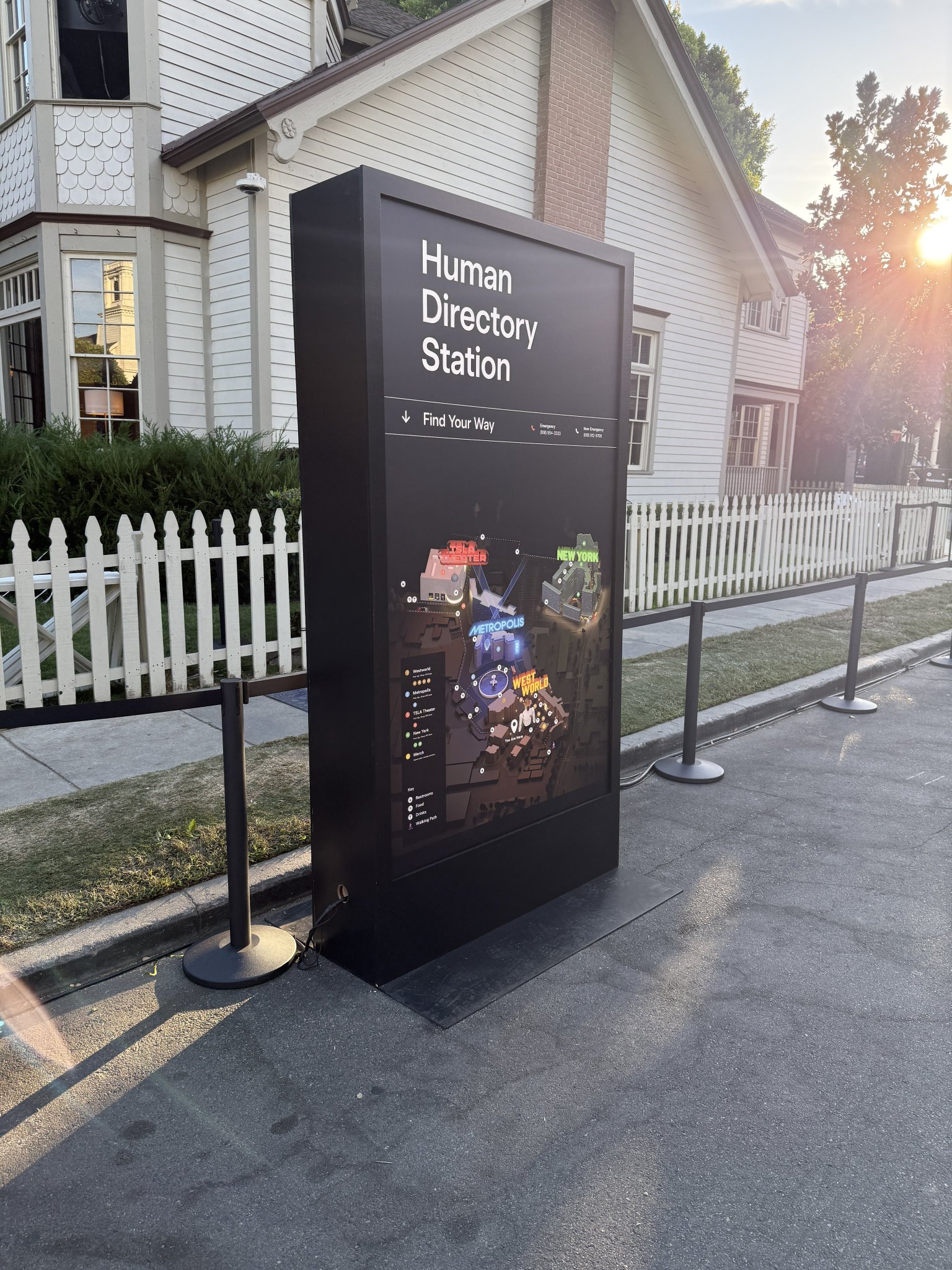Tesla’s Groundbreaking video Robotaxi and Its Impact on Urban Mobility
The automotive world has been abuzz with excitement as Tesla gears up for what promises to be one of their most revolutionary unveilings yet. The upcoming **Tesla Robotaxi** launch is set to redefine urban transit, and anticipation is building across social media and news outlets alike.
The Vision Behind Tesla’s Robotaxi
Elon Musk, the visionary CEO of Tesla, has long been vocal about his goal of reshaping the public transportation landscape. With the introduction of the Robotaxi, Musk aims to make shared and autonomous electric vehicles a mainstay of urban life, reducing the dependence on personal car ownership and alleviating traffic congestion in densely populated areas.
How Tesla Robotaxi Works
The Tesla Robotaxi utilizes cutting-edge AI and machine learning technologies to offer a fully autonomous driving experience. Equipped with the latest sensor technology and Tesla’s proprietary Full Self-Driving (FSD) software, these vehicles are designed to navigate complex urban environments without human intervention. The Robotaxi fleet will be available through a mobile app, allowing users to book rides with the tap of a screen, further enhancing the convenience of urban mobility.
Environmental and Economic Benefits
One of the primary benefits of the Tesla Robotaxi is its potential to significantly cut down on carbon emissions, bringing cities closer to achieving their sustainability goals. **Electric vehicles**, such as those envisioned for the Robotaxi fleet, produce zero tailpipe emissions, contributing to a reduction in urban pollution levels.
Economically, the introduction of Tesla’s Robotaxi is expected to reduce transportation costs for consumers. By adopting a shared-use model, users can avoid the high costs associated with car ownership, including insurance, parking fees, and maintenance.
The Road Ahead: Challenges and Opportunities
While the promise of Tesla’s Robotaxi is boundless, several challenges must be addressed before it can achieve widespread adoption. Legal and regulatory hurdles loom large, as government bodies work to update transportation laws to accommodate the new wave of autonomous vehicles. Additionally, public trust in self-driving technology remains a crucial factor for the success of the Robotaxi network.
However, the opportunities are equally significant. As infrastructure evolves to support autonomous technology, the potential for improved road safety, reduced traffic congestion, and enhanced transport efficiency is enormous. The Tesla Robotaxi could spearhead a transformative shift in urban infrastructure planning, prompting cities to reimagine transit systems with autonomous vehicles at their core.
Conclusion: Looking to the Future
The Tesla Robotaxi represents more than just a leap in technology; it’s a step toward a future of sustainable, smart cities. As the world keenly awaits the official launch event, one thing is certain: Tesla is poised to leave an indelible mark on the future of urban mobility. Whether it’s through improved environmental outcomes or economic benefits, the Tesla Robotaxi is set to transform the way we view public transport in years to come.
